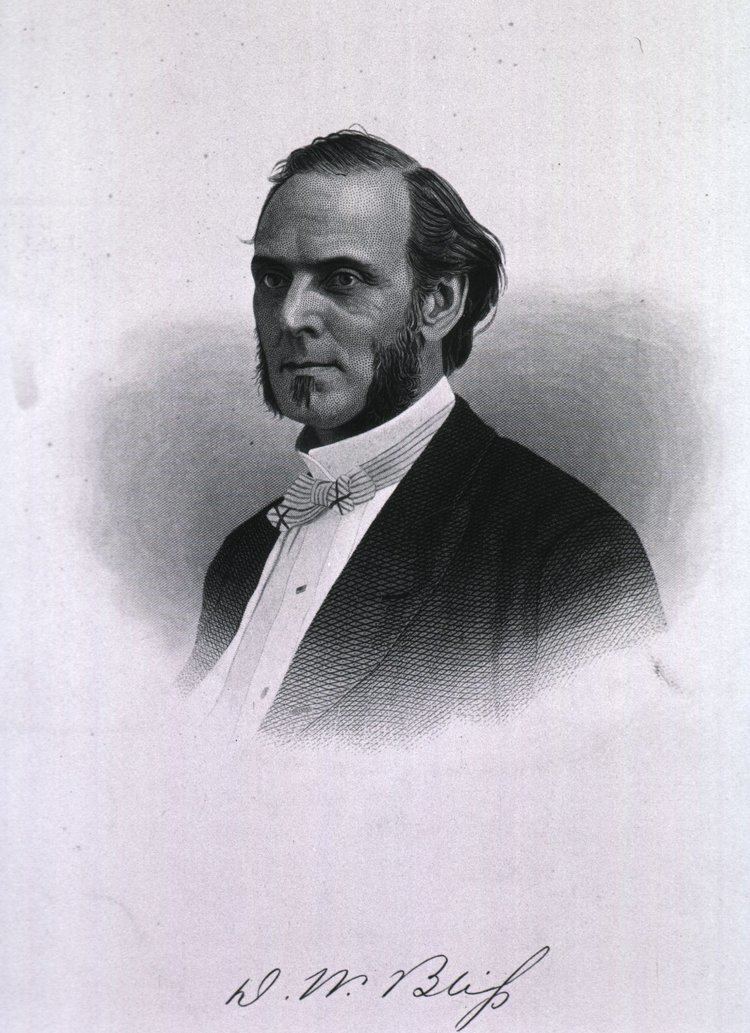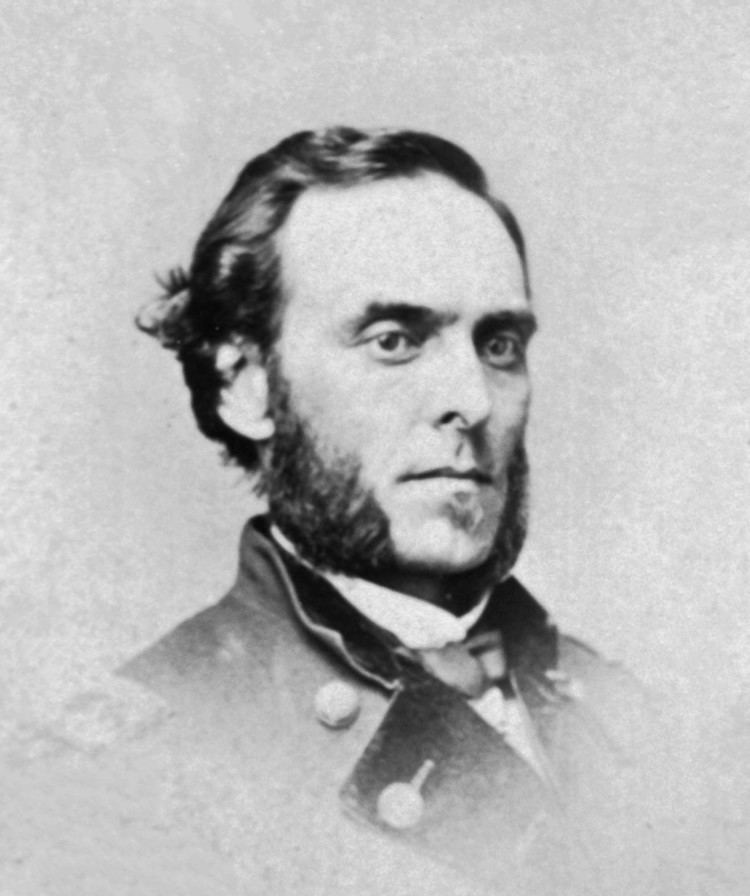Profession Physician Name Doctor Bliss | Role Physician Specialism Ballistic trauma | |
 | ||
Known for Attending physician to President Garfield Died February 21, 1889, Washington, D.C., United States Education Case Western Reserve University | ||
Dr Doctor willard bliss major malpractice whig spy
Doctor Willard Bliss MD (August 18, 1825 – February 21, 1889) was an American physician and expert in ballistic trauma, who treated James A. Garfield after his mortal wounding from a gunshot in July 1881 until his death two and a half months later.
Contents
- Dr Doctor willard bliss major malpractice whig spy
- Early life and career
- Treatment of James Garfield
- Personal life
- Publications
- References

Early life and career
Bliss was born in Brutus, New York to Obediah Bliss (1792–1863) and Marilla Pool (1795–1857). Bliss's first and middle names (Doctor and Willard) were inspired by Dr Samuel Willard, a surgeon from New England. During his youth, the Bliss family lived in Savoy, Massachusetts. Bliss had one brother, Zenas (July 4, 1832 – April 23, 1877).
Bliss treated Zachary Taylor for malaria at Fort Jesup, Louisiana in 1844.
Bliss studied at Cleveland Medical College, submitting his thesis on Pseudarthrosis or False-Joint in 1849.
During the American Civil War, Bliss was a surgeon with the Third Michigan Infantry. Bliss later became superintendent at Washington D.C.'s Armory Square Hospital; he continued to practice in the city after the war had ended.
Bliss was expelled from the District of Columbia Medical Society for his support of homeopathy and his opposition to the society's exclusion of black members.[1] After having his career threatened for embracing the novel field of homeopathy, Bliss was hesitant to accept another new movement in medicine, the antiseptic methods proposed by Joseph Lister.[2]
Bliss was mentioned in correspondence by Walt Whitman, who claimed that Bliss answered the House of Representatives' proposal for his pension in 1887 by saying, "I am of opinion that no one person who assisted in the hospitals during the war accomplished so much good to the soldiers and for the Government as Mr. Whitman".
Treatment of James Garfield
On July 2, 1881, Bliss was summoned by Robert Todd Lincoln after James A. Garfield had been shot at the Baltimore and Potomac Railroad station in Washington, D.C.. Bliss examined Garfield's bullet wounds with his fingers and metal probes, concluding the bullet was in the President's liver.
Bliss became Garfield's self-appointed doctor after their return to the White House. As trained nurses were uncommon at this time, Bliss used Cabinet members' wives as help, even though they had no knowledge of nurses' duties. Bliss also invited Alexander Graham Bell to test his metal detector on the President, hoping that it would locate the bullet. The device's signal was thought to be distorted by the metal bed springs. Later the detector was proved to work perfectly and would have found the bullet had Bliss allowed Bell to use the device on Garfield's left side as well his right side.
After Garfield's death, Bliss submitted a claim for $25,000 (equivalent to $620,431 in 2016) for his services to the President. He was offered $6,500 (equivalent to $161,312 in 2016) instead, an offer that he refused.
Others believe that Bliss bullied and practiced malpractice, even for his day.
Personal life
Bliss married Sophia Prentiss (1825–1888) in Cuyahoga County, Ohio on May 23, 1849. They had four children: Elliss Baker (born April 25, 1850), a dentist; Clara Bliss Hinds, a medical practitioner; Willie Prentiss (born February 1854, died August 17, 1856 "by an accident") and Eugenie Prentiss (born August 10, 1855). The family lived in a house in Washington D.C. built by John Quincy Adams.
Sophia died in January 1888 in Washington D.C.; Bliss died in the same city on February 21, 1889. His death was attributed to heart failure or apoplexy.
